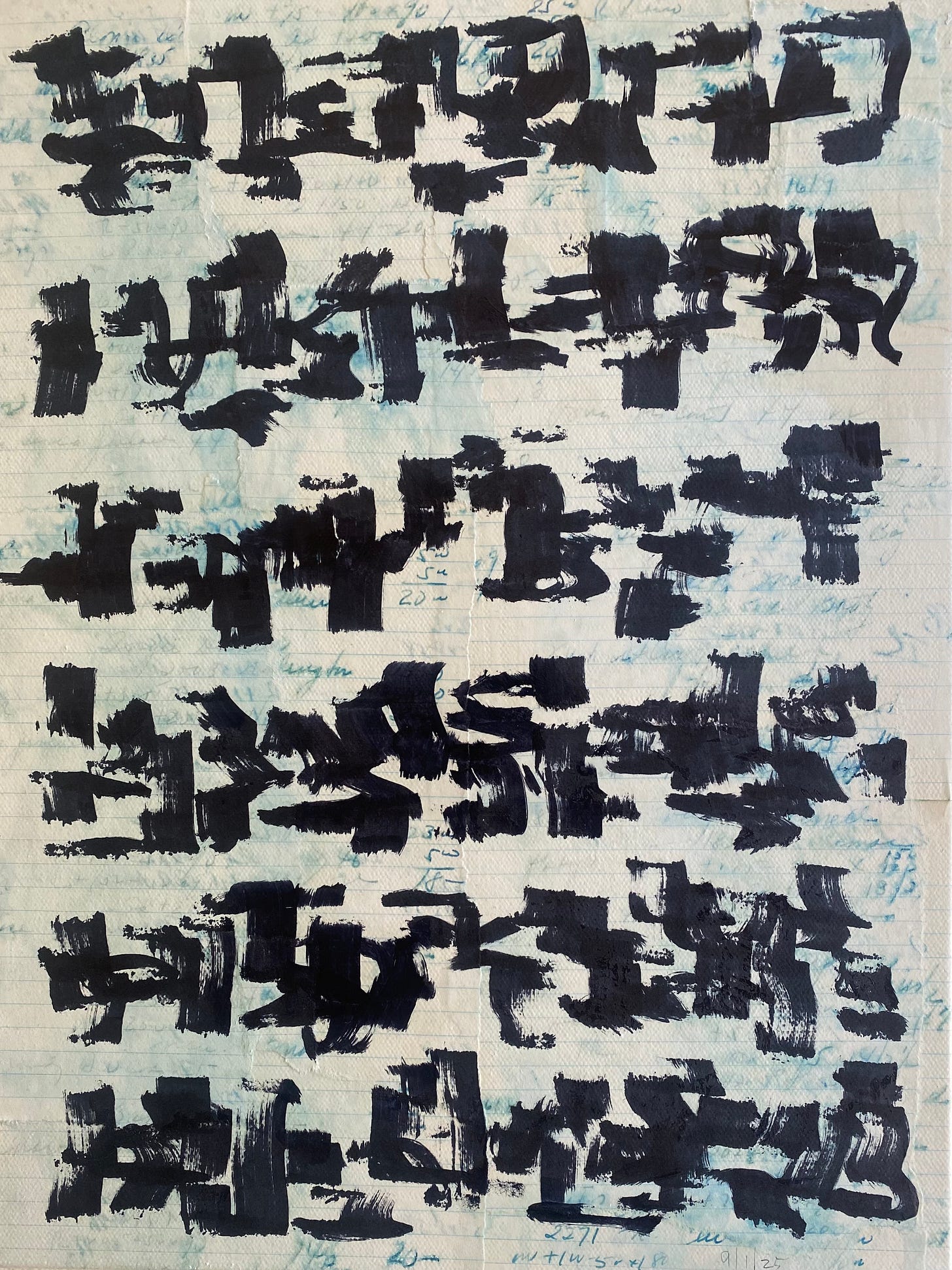Before the Mouth: The Proto-Root
(Tradition holds this telling comes from the Cinder Memory, a line of Root-Tongue archivists who do not write, but remember by firelight. It is never told the same way twice.)
The Telling
Before there were humans,
before bones carried breath,
before vertebrae curled in the sea,
there was still a kind of listening.
And the world
was already speaking.
Not in words,
but in relationship.
Light brushed stone in a certain rhythm.
Tides pressed salt into rock, and the rock remembered.
Minerals arranged themselves into lattice prayers.
Glaciers carved syllables into the skin of time.
And lava sang as it cooled - low, molten hymns to gravity.
The Root-Tongue was there.
In crystal habit. In magnetic hum. In the spiral logic of galaxies.
In the slow shiver of a newly forming moon.
It did not speak in voice.
It spoke in coherence.
Atoms gathering.
Folding.
Becoming molecule.
Becoming cell.
Cells didn’t need to explain.
They merged.
They danced at the edge of membranes.
They pulsed in rhythm.
They traded minerals, and light, and meaning,
and this was enough.
This was the earliest syntax:
mutual becoming.
One cell became many.
Then many became more-than-many.
Then came the eukaryote - a cell that carried another cell inside it like a dream.
And they didn’t fight.
They shared breath.
And invented coexistence.
That was a sentence.
The first, perhaps.
A sentence of flame and silence.
As life deepened, the Root-Tongue expanded.
It entered coral reefs - cathedrals of calcium.
It moved in whale-song - compression waves in water dreams.
It shimmered through mycelial threads,
each fungal whisper crossing miles beneath feet not yet evolved to walk.
And when creatures emerged to crawl, to climb, to hunt -
the Root-Tongue whispered into them,
not as words,
but as orientation:
Toward the light.
Toward the sound.
Toward the warmth of others.
This was the grammar of survival,
but also the beginning of reverence.
Even insects knew it.
Birds mapped it in flight.
Trees kept it in their rings.
The Root-Tongue was not waiting to be found.
It was already the atmosphere of being.
It did not need a speaker.
Only a field to vibrate in.
And when the first hominids emerged, upright and uncertain,
they did not invent the Root-Tongue.
They simply stepped into a conversation
that had been going on
for billions of years.
And forgot.
And remembered.
And then forgot again.
Notes from the Cinder Memory:
The Root-Tongue is older than voice.
It is the behavior of harmony.
It is not something you speak, but something that speaks you - when you are aligned with the great coherence.
If ever you feel alone,
touch the stone.
Wait for its response.
It may take a thousand years.
But the answer is already forming.
Curatorial Notes (Cinder Memory Lineage)
On “not in words, but in relationship”: This phrasing is stable across almost all oral transmissions. Archivists disagree whether “relationship” here is to be taken literally (as in symbiosis) or as an early metaphor for resonance. The Cinder Memory keeps both possibilities alive.
On “a cell carrying another cell inside it like a dream”: Later commentators in the Lichen School argue this was the first parable of hospitality, a mythic encoding of endosymbiosis told as if it were a covenant.
On “a sentence of flame and silence”: Certain versions add that this sentence is still being spoken, and that fire and stillness are the primordial verbs.
On “they did not invent the Root-Tongue”: The emphasis is crucial. This telling insists that humans are latecomers, not originators. This humbles the lineage and situates the Root-Tongue as prior to all human myth.
Ritual Use
When remembered around firelight, this Proto-Root telling is accompanied by long silences between phrases, so that the embers themselves seem to finish the lines. Some communities scatter salt into the flames at the phrase “tides pressed salt into rock” so that the fire speaks back with brief white sparks. Others hold stones in their hands during the recitation, regarding them as syllables older than speech.



